In an excerpt from, Do What You Want: The Story of Bad Religion, the L.A. punk legends look back at their beer-drenched and sometimes violent gigs.
One of the problems with being an L.A. punk band in 1980 was there were very few places to play. Part of this was due to bias. If you weren’t a known commodity, it was hard to get people to take you seriously. For instance, Keith Morris literally begged bookers and promoters to let Black Flag play. When his band was finally invited to perform at the venerable Masque, the show was shut down and the venue closed its doors for good.
Many of the older punk scenesters from the seventies looked down at hardcore bands and their fans for the negativity they brought to their scene. They were too violent, too reactionary, or just didn’t get it. To their minds, bands like Bad Religion embodied everything that was wrong with the punk scene.
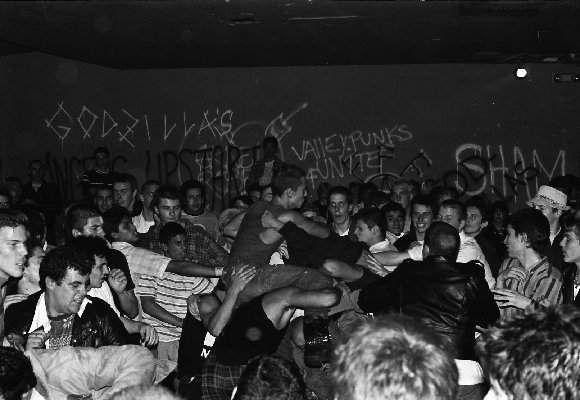
Hardcore bands had to get creative. They realised that by supporting each other they could make their own scene within the scene. One of Bad Religion’s first live shows was with a relatively unknown band from Fullerton called Social Distortion who invited Bad Religion to play with them at a party in Santa Ana.
“I think our first show was at a warehouse,” Bad Religion guitar player Brett Gurewitz recalled, “which was fairly common back then because there weren’t that many venues that would book hardcore punk bands.”
On the day of the gig, bassist Jay Bentley was so anxious he threw up before the show. Steve Soto, a Fullerton native and bass player for the Adolescents, gave Jay a bit of friendly advice.
STEVE SOTO: You’re really nervous.
JAY: I know. I get so nervous before we play.
STEVE SOTO: You should always drink at least a six-pack before you play.
JAY: Okay, I didn’t know.
“I think our first show was at a warehouse, which was fairly common back then because there weren’t that many venues that would book hardcore punk bands.”
Brett Gurewitz – Bad Religion
Lead singer Greg Graffin remembered the audience being particularly hostile because the promise of free beer had not materialized, but they made it through their set unscathed. When they got off the stage, Brett received a boost from a familiar face who’d made the journey from Woodland Hills to Orange County to see them play. “After the show,” Brett recalled, “my friend Tom Clement said to me with great seriousness, ‘Brett, no matter what else you do, just don’t break up. If you guys don’t break up you’re going to be huge—seriously. You guys are really good.’”

Another early show was even stranger: a frat party opening up for the Circle Jerks, the band Keith Morris started after leaving Black Flag, and one of the most popular L.A. punk acts of the early eighties. A Greek organization at the University of Southern California was having a punk-themed party and naively decided to invite actual punks to perform. Once the gig was confirmed, members of Bad Religion and the Circle Jerks invited their friends and distributed flyers like they would for any other show. The frat boys dressed like punks and the punks behaved like, well, punks.
For Lucky Lehrer, the drummer for the Circle Jerks, “it was a typical funny, bizarre, tragic night I’d come to expect with Greg Hetson, Roger Rogerson, and Keith Morris. At the end of the party, Roger got drunk off several free-flowing beer kegs and tried to fight half of the USC football team’s offensive line. They beat the shit out of him.” Apparently, Roger had it coming because Brett recalled watching him attack the jocks with a pair of nun-chucks while blackout drunk.
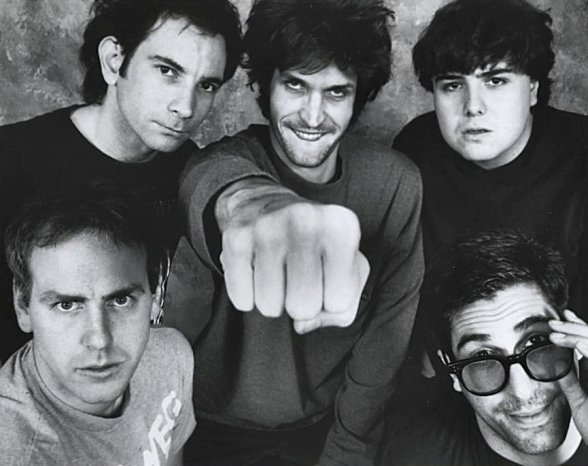
Despite the hijinks, it was an important gig for Bad Religion. Punk photographer Gary Leonard documented the show, and the band made a favourable impression on Lucky. “I connected with Bad Religion a little because as we were loading all our gear back into cars and mini-trucks I sensed these ‘kids from the Valley,’ as I called them, were a little less insane than the Circle Jerks.”
Lucky wasn’t being condescending. They were teenagers who despite their intelligence and ambition had very little experience in the ways of the world. “That was the first time I ever witnessed a beer bong,” Bad Religion drummer Jay Ziskrout said of the party.
Keith Morris also had fond memories of the show. When the beer ran out at the punk-themed party, Keith went searching for more, and discovered he wasn’t the only one on a reconnaissance mission.
“My favourite part of the night wasn’t playing with the Circle Jerks or watching Bad Religion,” Keith said. “My favourite part of the night was scamming on as much keg beer as I could possibly glug down. We played fraternity or sorority row and every house had some kind of thing raging. Directly across the street was a party with a country theme. They had all these bales of hay stacked randomly in the front yard. I went to go check it out and there’s this big, tall, blonde-haired surfer dude in a USC frat jacket who turned out to be Ricky Nelson’s son hanging out with Darby Crash.”
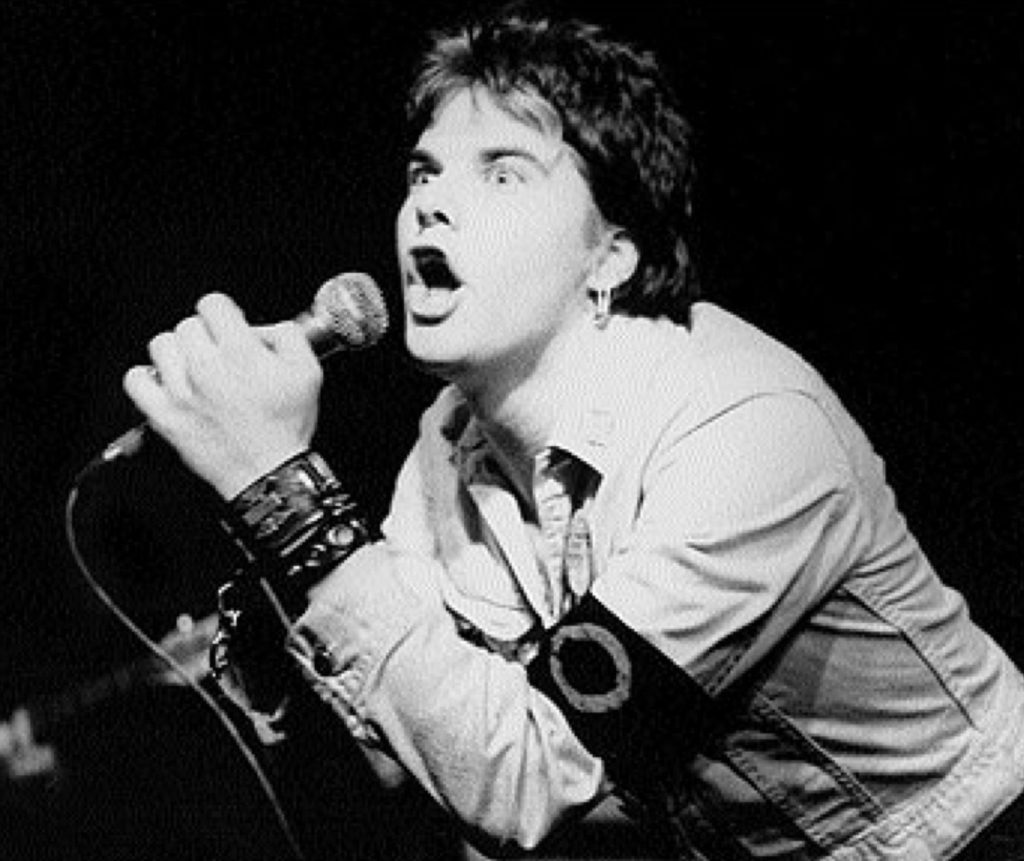
The presence of Darby Crash and Pat Smear of the Germs did not escape Brett’s attention. Brett, who idolized Darby, was astonished. “The first hardcore band that I ever saw and fell in love with was the Germs. It was distinctly separate from the punk I had been listening to. It was not the Buzzcocks or the Sex Pistols or the Ramones, who had this very accessible power-pop sound, almost like it came from the fifties. The Germs were dark and felt more dangerous.”
The show signalled the start of a long association between Bad Religion and the Circle Jerks, with Bad Religion being one of what Keith Morris referred to as “baby brother bands.”
“The first hardcore band that I ever saw and fell in love with was the Germs. It was distinctly separate from the punk I had been listening to. It was not the Buzzcocks or the Sex Pistols or the Ramones, who had this very accessible power-pop sound, almost like it came from the fifties. The Germs were dark and felt more dangerous.”
Brett Gurewitz – Bad Religion
“The scenario with Bad Religion and the Circle Jerks,” Keith explained, “was that we appreciated each other’s music. There weren’t any assholes in the group. There were no dicks. Everybody was cool. We wanted to go to the party and bust the punk rock piñata. The situation was because of our friendship with Bad Religion they started playing shows with us.”
But that night at USC, Bad Religion learned that the Circle Jerks were going to be interviewed live on KROQ during Rodney Bingenheimer’s show, Rodney on the ROQ. Rodney was one of the few L.A. scenesters who was connected to the music business and understood the importance of punk rock. (Greg Shaw of Bomp! Records was another.) He was an eclectic figure who’d had his own nightclub in the early seventies called Rodney Bingenheimer’s English Disco. He ate lunch at the same Denny’s in Hollywood every day. People in the music industry would drop off records, and musicians would try to get an audience with the “Mayor of Sunset Strip.”
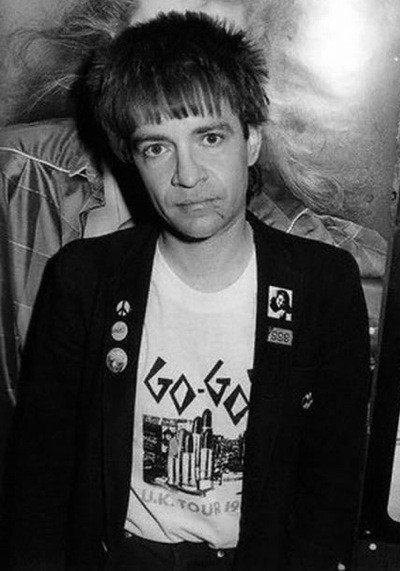
During his show he would often play music by local punk bands. For early enthusiasts it was the best way to find out about the latest music in the scene. Kids would record Rodney’s show and exchange the tapes with other punks at school. As strange as it sounds in today’s era of corporate commercial radio, in 1980 you could turn on Rodney on the ROQ and hear the Adolescents, the Circle Jerks, and the Germs. In fact, the Adolescents’ song “Amoeba” broke through into KROQ’s regular rotation and became an underground hit.
Brett understood Rodney’s importance to the scene. “He was a guy who prided himself on knowing who the cool new bands were because he went to shows. Rodney had a radio show that started at midnight. He’d play imports from England that we couldn’t get and local bands that were hard to find, but the bands would give him their tapes to play on the radio.”
Rodney’s show made Greg’s dream of making music seem more attainable. The music Rodney played on his show included crude demos. This sparked the realization that you didn’t have to be signed to a major label to get on the radio. All you had to do was do it.
Excerpt adapted from Do What You Want: The Story of Bad Religion by Bad Religion with Jim Ruland. Copyright © 2020. Available from Hachette Books, an imprint of Hachette Book Group, Inc.

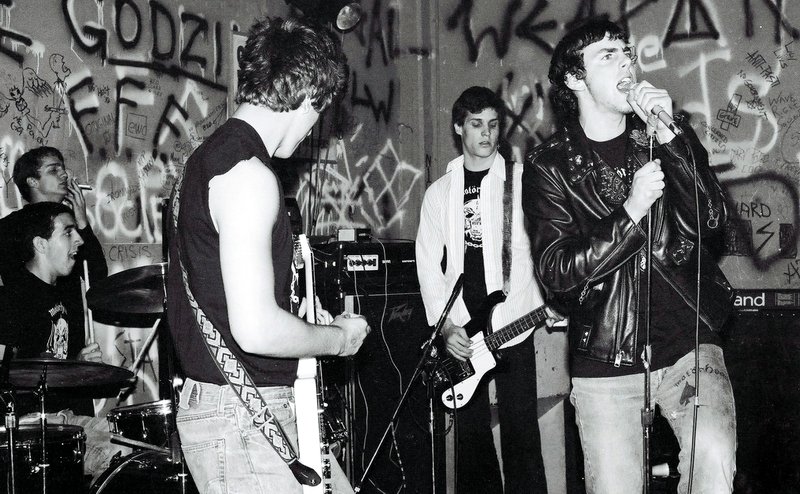


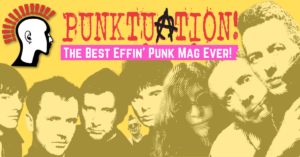 Did you know that we are 100% DIY? We run our own game. No one dictates to us, and no one drives what we can or cannot put on our pages – and this is how we plan to continue!
Did you know that we are 100% DIY? We run our own game. No one dictates to us, and no one drives what we can or cannot put on our pages – and this is how we plan to continue!